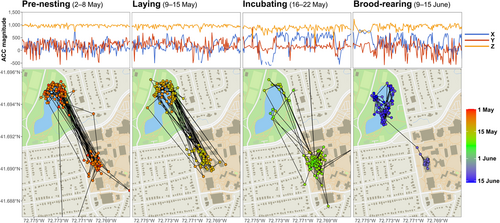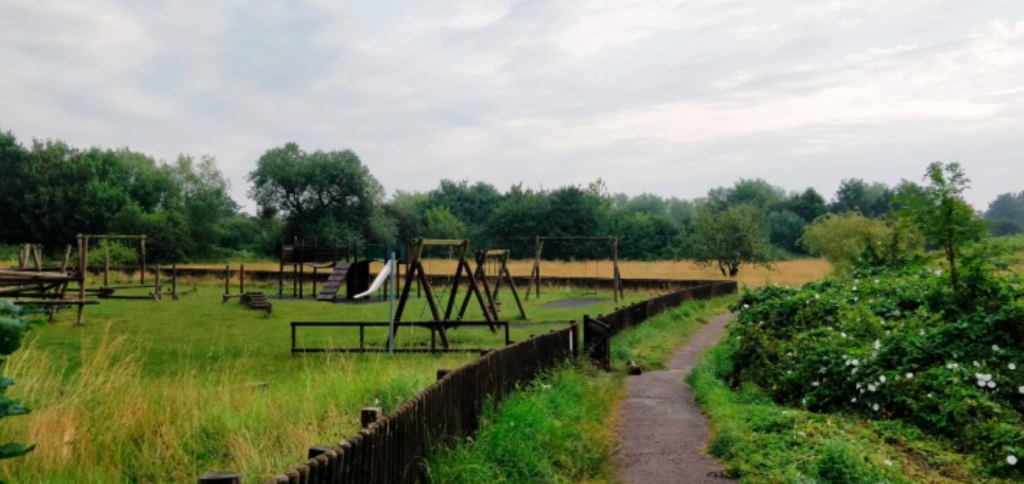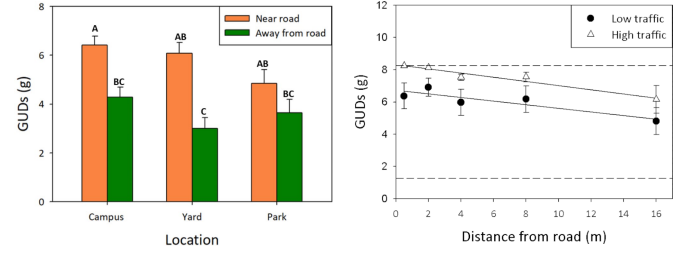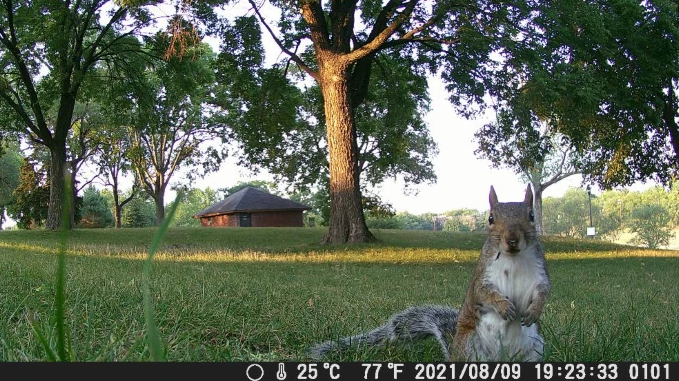https://onlinelibrary.wiley.com/doi/full/10.1111/gcb.12884
As urbanization continues around the world wildlife are affected by a variety of artificial factors. Artificial lighting is a strong factor that affects nocturnal wildlife in urban areas. Bats in particular can be impacted by artificial lighting, as it may disrupt their movement and behavior. The common pipistrelle (Pipistrellus pipistrellus) is an urban dwelling bat commonly found in cities of the United Kingdom. Researchers in this study explored the relationship between pipistrelle movement between tree cover gaps and crossing distance and light intensity.
Through stratified sampling in England’s West Midlands, gaps in urban tree cover were selected for surveying. These gaps varied in distance and lighting level and were surveyed using bat detectors and researchers who recorded their flight path. After surveying, logistic regression models were generated to identify minimum lighting levels required to create a barrier effect. These thresholds modelled as a function of crossing distance. The model was applied to Birmingham, England maps of tree cover and artificial lighting to create a model of landscape resistance to bat movement due to light. Future urban lighting scenarios were considered through these spatial models. The majority of pipistrelles crossed in the darker parts of the gaps indicating an aversion to light pollution. Light requirements to create a barrier reduced as crossing distances increased.
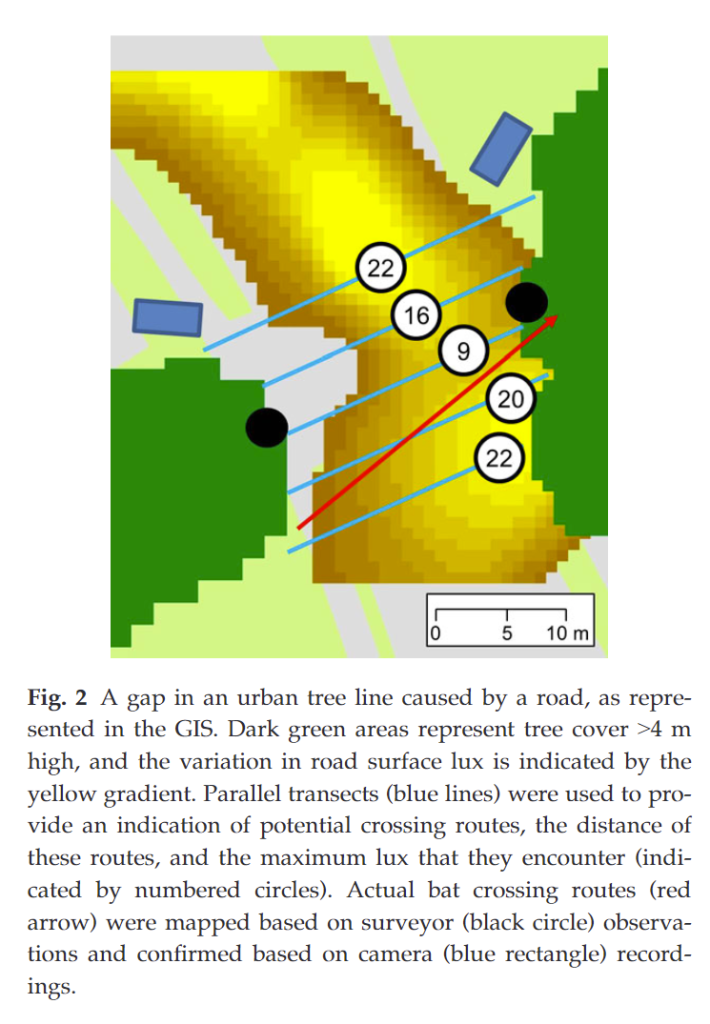
A strength of this paper is the layout of the methods section. It is split into 5 distinct subsections that clearly describe the study. Each subsection is very thorough and explains the reasoning behind many of the team’s decisions. I think the location of the study was a good choice because it can be generalized across the UK, as many of the urban centers have similar structural layouts. The model can be applied to maps of different cities for further research. The study could have benefitted from a second city with a more rural landscape to compare the differences in bat cover gap usage.
I think the potential lighting scenario models should have been further explored with a few more scenarios. They only looked at a Bright City and Dark City model in their analysis. If a moderately lit city model was included additional conclusions could have been drawn. Additional species could have been included as well to add more complexity to the results. The results section is very concise and clearly explains their findings. The discussion is quite thorough and does a good job of looking to the future. Further research can explore the dimming of artificial light sources during periods of high wildlife activity. Other nocturnal wildlife species should also be studied to assess their tolerance and reactions to artificial light.
Hale, J.D., Fairbrass, A.J., Matthews, T.J., Davies, G. and Sadler, J.P. (2015), The ecological impact of city lighting scenarios: exploring gap crossing thresholds for urban bats. Glob Change Biol, 21: 2467-2478. https://doi.org/10.1111/gcb.12884





